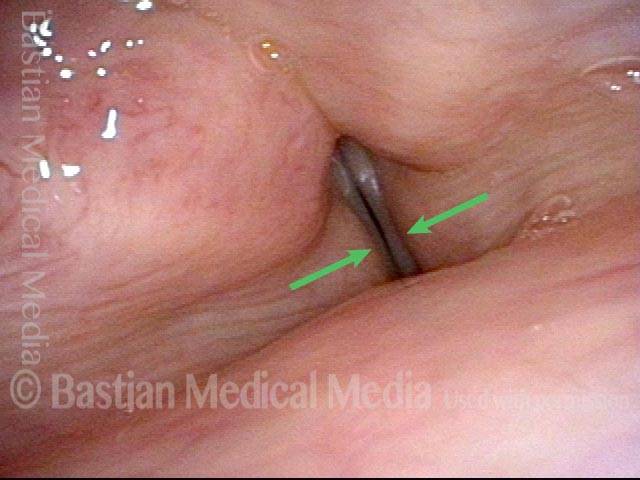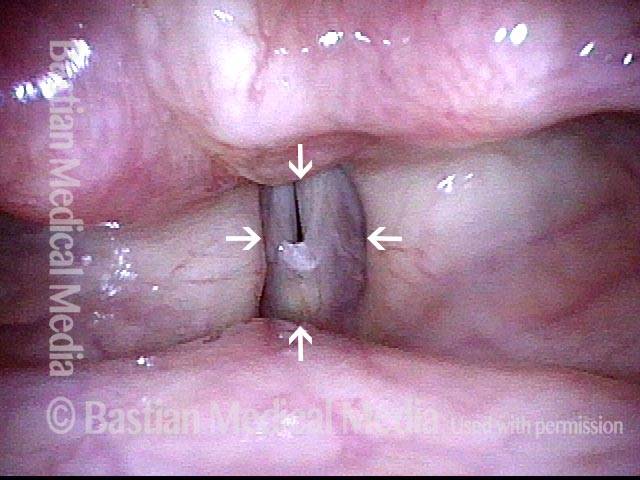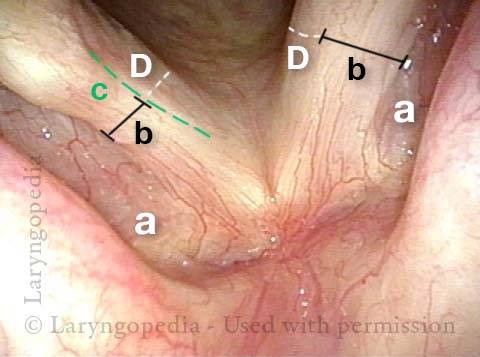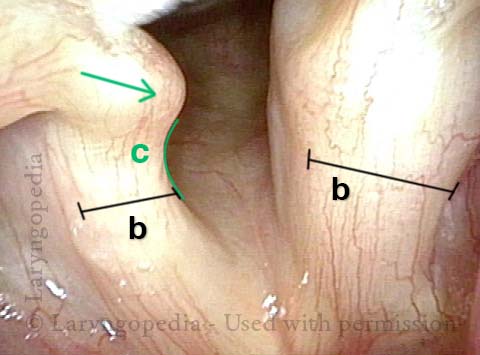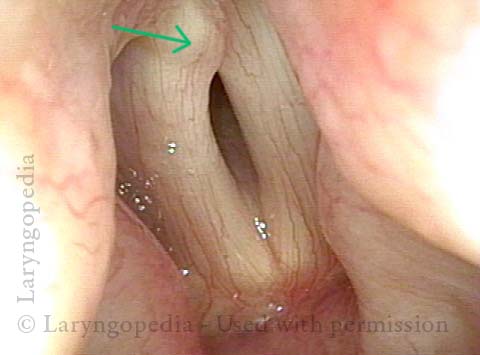Adductor Spasmodic Dysphonia (AD-SD)
A variant of spasmodic dysphonia in which the spasms push the vocal cords together, choking off or straining the voice. Adductor spasmodic dysphonia (AD-SD), also called strain-strangle phonation, is the most common variant of spasmodic dysphonia, comprising about 90% of the cases. It is to be distinguished from abductor spasmodic dysphonia (AB-SD), a variant in which the spasms pull the vocal cords apart.
Classic AD-SD
In its classic variant, the adductory spasms of adductor spasmodic dysphonia are intermittent, each time clamping the vocal cords together momentarily, so that words or syllables in a person’s speech are intermittently choked out.
Tonic AD-SD
In its tonic variant, the adductory spasms are more constant and sustained than intermittent, so that instead of interrupting the person’s speech, the spasms cause a constant strained or “tight” vocal quality.
Occasionally, a person has both abductory and adductory spasms; this is called mixed AB-AD spasmodic dysphonia.
Pure AD-SD tonic only, moderate severity
AD-SD (1 of 2)
AD-SD (1 of 2)
AD-SD (2 of 2)
AD-SD (2 of 2)
Adductory spasm
Adductory spasm (1 of 2)
Adductory spasm (1 of 2)
Adductory spasm (2 of 2)
Adductory spasm (2 of 2)
TA-only Paresis after Botox Injection for Spasmodic Dysphonia
This man with adductory spasmodic dysphonia, has had consistent results during 15 years of botulinum toxin injections, administered several times per year. After his most recent (routine, and unremarkable) injection with his longstanding dose, his initial weakness was exaggerated and is only beginning to subside after six weeks. This dramatic “outlier” result that cannot be attributed to botox targeting. As seen in the photos below, the explanation is instead a right TA-only paresis.
The only reasonable interpretation is that the needle tip has “sheared” the branch of the recurrent laryngeal nerve supplying the thyroarytenoid muscle (leaving branches to the posterior cricoarytenoid and lateral cricoarytenoid muscles (PCA + LCA) undisturbed.
In a practice that supplies treatment to approximately 100 patients per month and ~1200 injections per year, this phenomenon occurs perhaps twice per year. The voice “always” recovers back to baseline SD symptomatology, but excessive breathiness starts to resolve only 6 weeks after the injection.
Right Thyroarytenoid Atrophy (1 of 3)
Right Thyroarytenoid Atrophy (1 of 3)
Sharp medial turning (2 of 3)
Sharp medial turning (2 of 3)
Right vocal process overlaps left vocal process (3 of 3)
Right vocal process overlaps left vocal process (3 of 3)
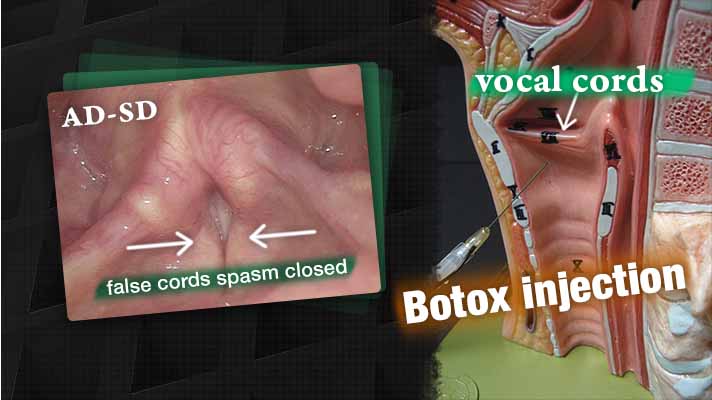
Dropped syllables? Catches in Your Voice?
A strained voice, usually with “catches” or dropped syllables or words, may be the result of a rare neurological condition called adductory spasmodic dysphonia (AD-SD).
Abnormal muscular tone in vocal cords (laryngeal dystonia) results in abnormal vocal sound (spasmodic dysphonia). This video explains the disorder. Current standard of care is botox, which can dramatically diminish symptoms with 3 or 4 treatments per year.
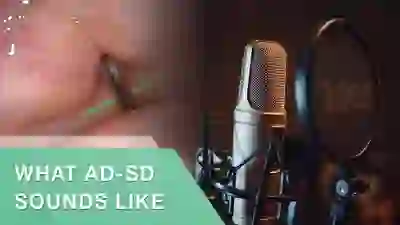
Adductory Spasmodic Dysphonia – Tonic Variant
In this video are audio clips and footage of the vocal cords of a patient with Tonic AD-SD. Dr. Bastian also provides examples of 4 subtypes of AD-SD.

Why Does Robert Kennedy Jr. Have a Hoarse Voice? The Answer Is SD…
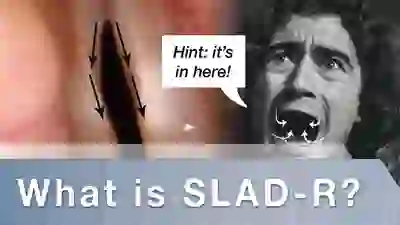
One Man’s Experience Over Time with SLAD-R
SLAD-R is a surgical alternative to ongoing “botox” injections for treatment of adductory spasmodic dysphonia. The surgery involves intentionally cutting the nerves that close the vocal cords for voice and reconnecting a different nearby nerve supply (reinnervating the nerves).
This surgery requires the patient’s willingness to endure an extremely breathy voice for many months after the procedure, while awaiting reinnervation.

